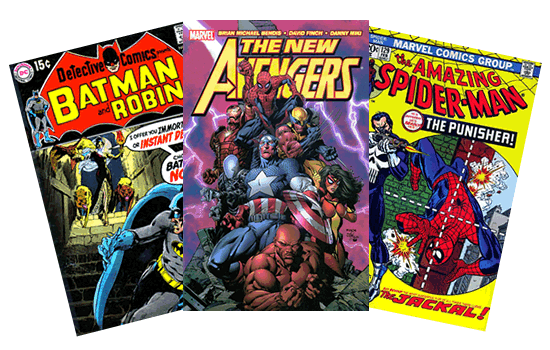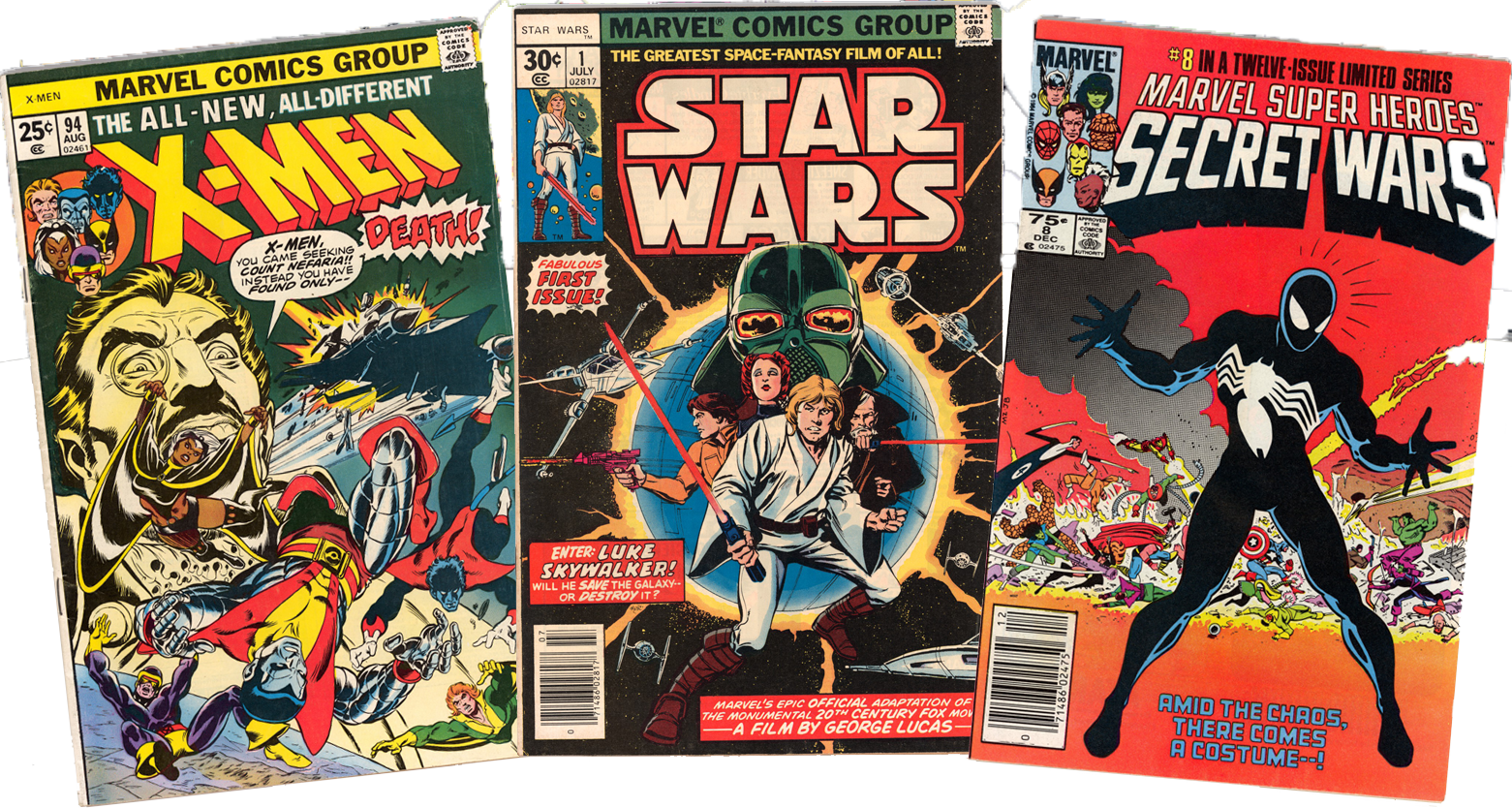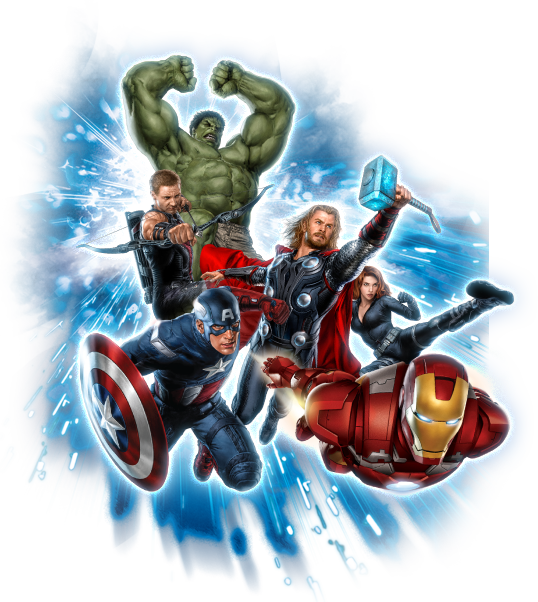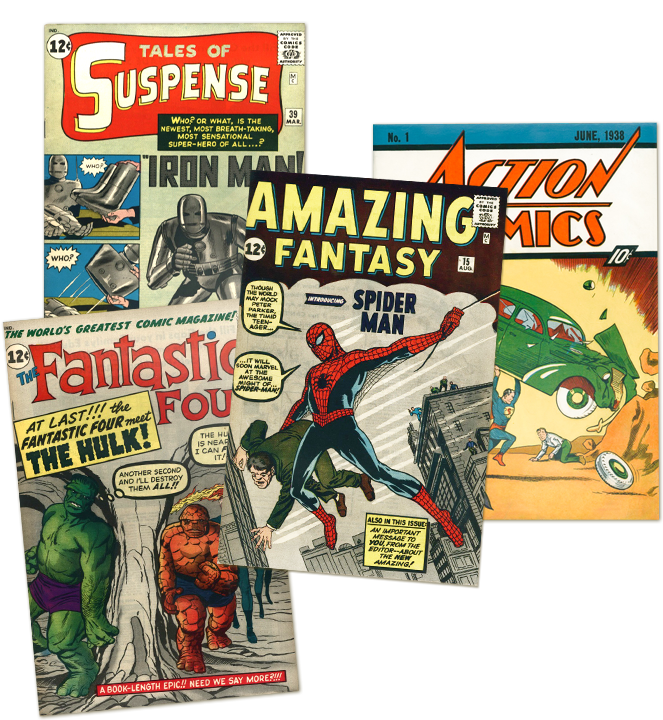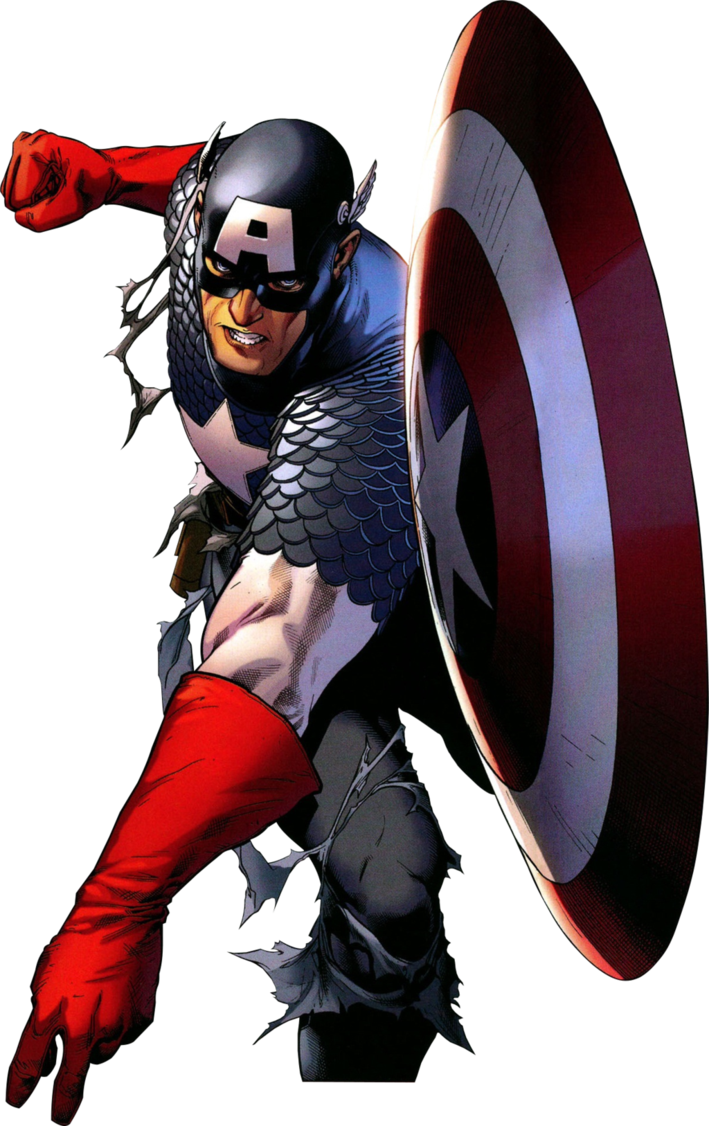Comic Books: Exploring the Evolution and Impact of Graphic Storytelling
Comic books, once regarded as mere entertainment for children, have evolved into a sophisticated medium of graphic storytelling, influencing art, culture, and literature. This transformation is evident in the journey from early superhero tales to today’s diverse range of graphic novels. The complexity and depth of contemporary comics might even lead some readers to pay someone to do my homework so they can delve deeper into this rich and expansive world. As the genre continues to mature, it bridges the gap between traditional literary forms and modern digital media, highlighting its significance in both academic study and popular culture. Comic books have become a platform for artists and writers to explore complex themes, pushing the boundaries of traditional storytelling. Their impact is seen not just in the realm of entertainment but also in how they have influenced societal perceptions and opened discussions on various topics.


